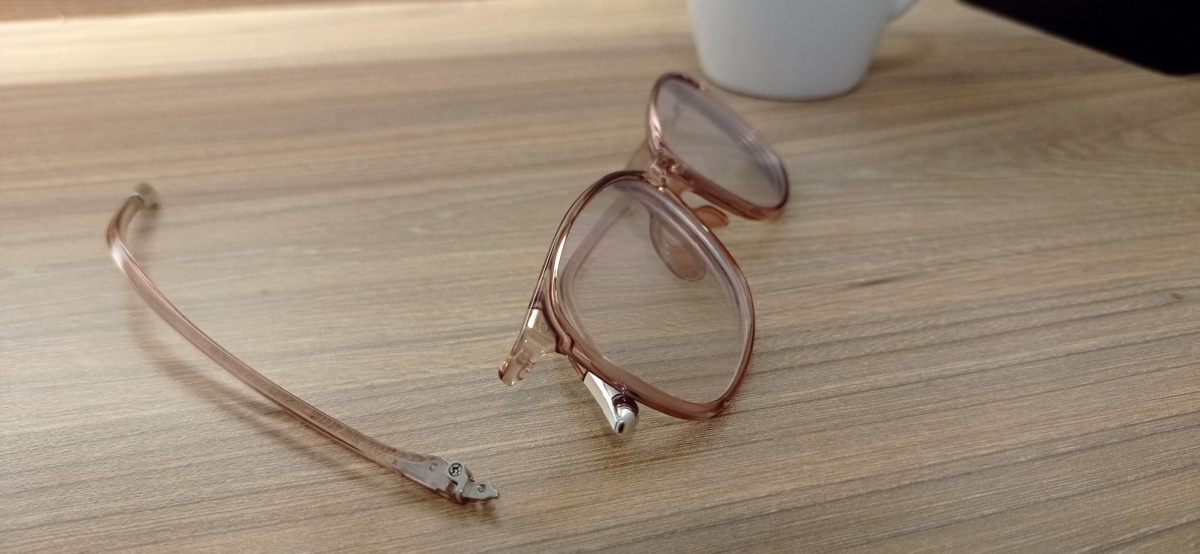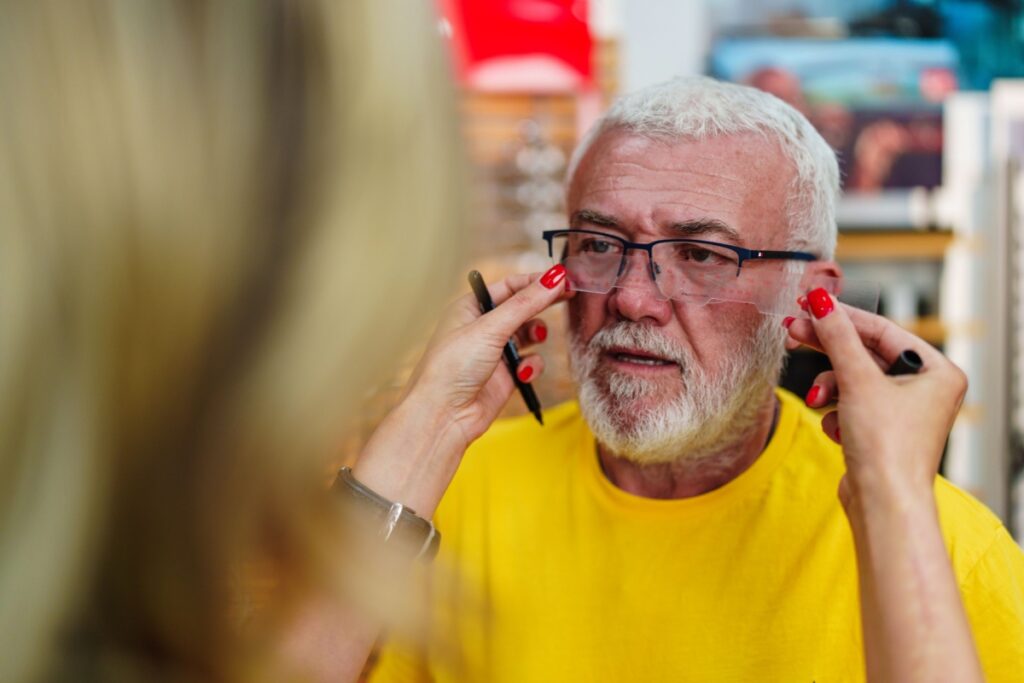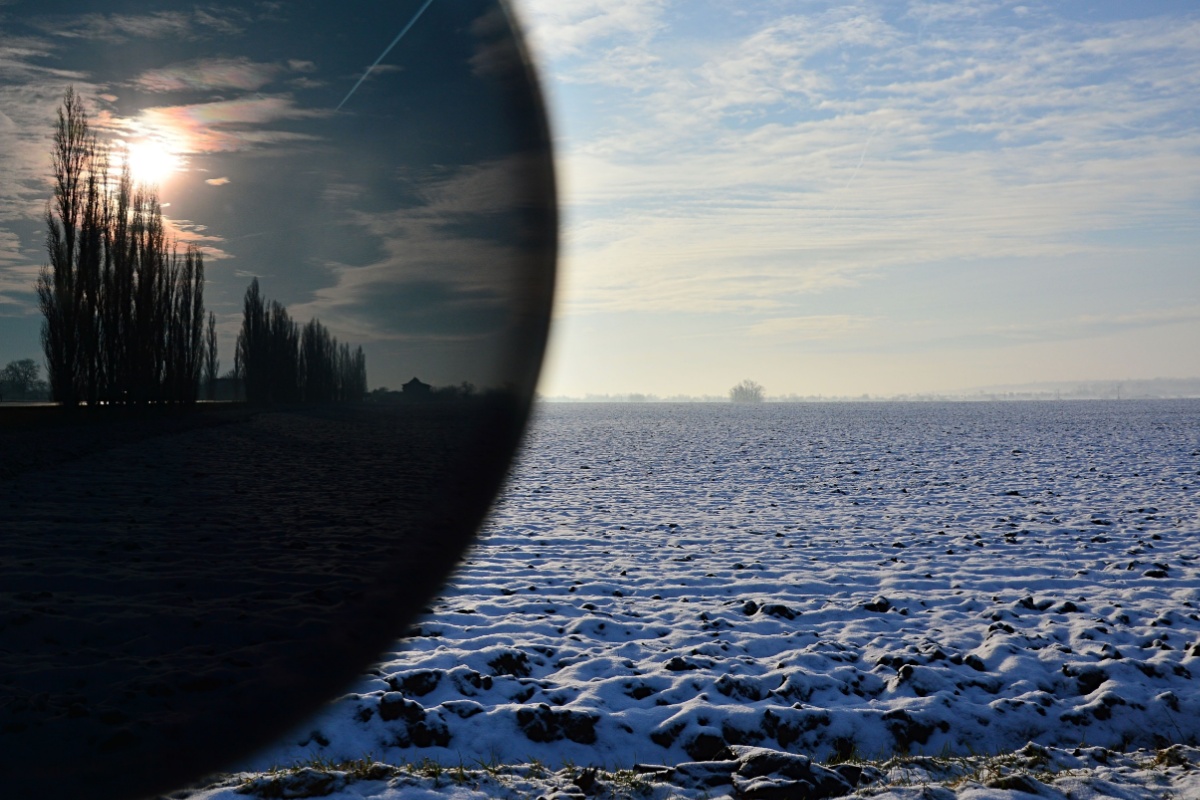Our faces are as unique as fingerprints — no two are exactly alike. From the shape of your nose to the curve of your cheekbones, every feature contributes to your individuality. Even your eyes, which captivate and communicate so much, play a vital role in what makes you, well, you. But the distance between your eyes is another factor

Warning Signs You Need New Glasses: Don’t Wait
For most of us, we want our glasses to go the distance. They look great, they were a decent investment,


